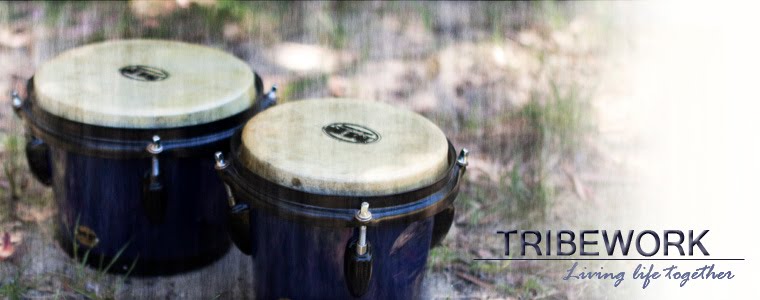I’ve got a man in mind who I think grieves very well, and I feel it is an example to us all, not that everyone needs to grieve the same way, because that is being unrealistic and unfair. But as we watch people, much as we watch mentors, we can observe what works for them that might work for us, and we find something inspiring about their example.
Before I talk about the example that this man sets, I want to talk about the redemptive qualities of being curious. I was preaching this yesterday. When we think about the juxtaposition of hard hearts versus soft hearts, recognising that we all have times where we are bitter and resentful, the only way we can have our heart softened in order to engage in the surrender required to trust is by becoming open and curious.
As we observe people who model the right example, mentors each one, we have the opportunity of watching from near or afar. And from this man, who shall remain nameless, because examples are not about identities, I’ve noticed the following traits in his grieving:
There are times perhaps each day, or most days, where the raw truth of loss is borne out in the sadness of a welling up of the eyes and even a few tears. It doesn’t sound like a blessing, but it truly is when the truth is too hard to deny. What happens is the truth is so sad that it insists being grieved, and the body and mind do what they’re designed to do.
What usually happens as a direct result of being in the sadness is a little gentle humour that says, “Gee, look at me,” or there is some other connection with something funny. This is consistent with the use of humour in this man’s family. So there’s space for both raw truth and humour.
But even if the conclusion of the sad moment is more sadness and no humour, there’s the capacity to bear what anyone would prefer would not be the case.
At other times there’s the will to get on with life and be busy serving others in the family. Where he can be useful, he remains useful.
One thing that’s really admirable about this man’s approach—what really works for him—is he’s entirely happy on his own. He embraces those times and has activities he’s always nurtured that keep his mind busy, and yet he’s also a person who doesn’t overthink—which is an example for many of us who tend to fixate on problematic thought patterns. And while he’s very happy on his own, he also loves every moment with family members individually one to one.
So there are elements of facing truth
as well as elements of taking refuge in other things.
We’re wise not to make this man’s example of grieving our only method, or the only method to strive for, because that would help nobody. In this life, we put too many people on pedestals, we favour the few, and we alienate the many as a result. There are a thousand different ways to “successfully” grieve.
The example I speak of here reminds me of how Sarah my wife grieved our son, Nathanael. She too had moments where the truth broke through intensely. The way she grieved was she allowed the sadness to break her when it would, but she also got on with things. Humour played less of a part I think overall, but there were times when dark humour was very much front and centre, and some of those times we still laugh about.
One of the most redemptive features of grieving losses is our losses are truths that cannot be denied. We would never think of saying, “I never loved her/him,” so why would we act that way?
When we allow ourselves our sorrow and we let it do what it will in bodies and minds, we enter what is known as “flow” which is a creative act of mental and emotional connectivity.
If we can enter a state of flow in our grief,
surely, we can’t help but grow even amid grief.
The important thing to be recognised in grief, however, is it’s a one-day-at-a-time process of living a life that feels absolutely foreign to how it ever was. Sadness, therefore, must be allowed.
As our lives have been transformed
by the love of our lost loved one,
our lives are also transformed
by the sadness of their loss to us.
Grief challenges our comfort zone, and we struggle most when we insist that our comfort be returned to us. But if we let the sadness be, if we can accept the discomfort and neither resent it nor judge our plight, the sadness can’t harm us, and we find a place where we take refuge amid the storm. The sadness therefore becomes an integral part of our sanctuary.


No comments:
Post a Comment
Note: Only a member of this blog may post a comment.